Malabsorption and Maldigestion

Overview Definition Maldigestion refers to the inability to break down large molecules of food in the intestinal lumen into their smaller components. Malabsorption refers to the inability to transport nutrients across the intestinal mucosa into blood circulation. The term “malabsorption,” however, is often used to refer to both of these processes since food that is not […]
Myocardial Infarction
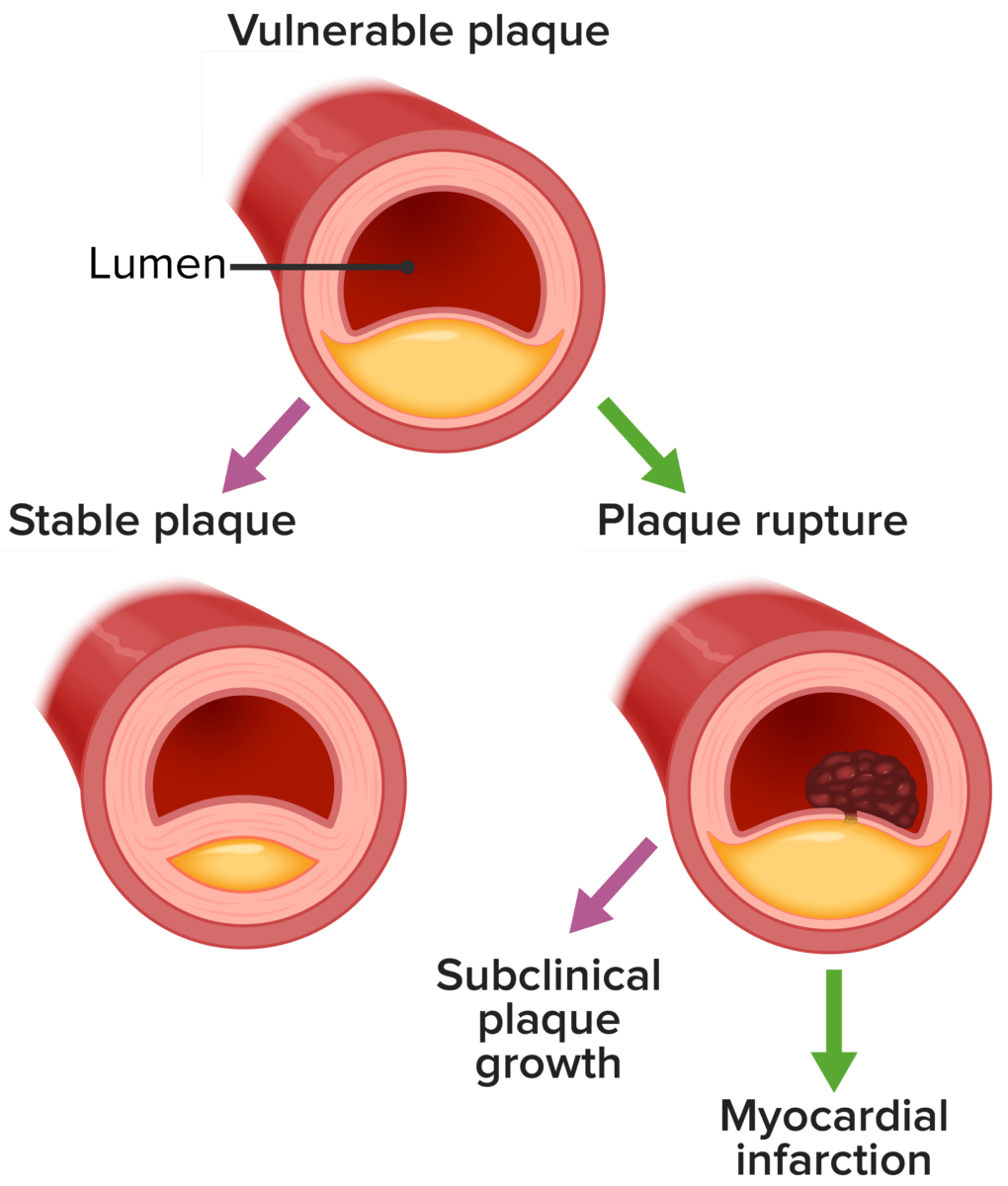
Overview Definition Myocardial infarction (MI), commonly known as a “heart attack,” is defined as acute myocardial injury and tissue death resulting from ischemia. Epidemiology Risk factors The risks of MI increase proportionately with increases in risk factors for coronary atherosclerosis (also known as coronary artery disease (CAD)). Classification Classification of MI according to the assumed […]
Stable and Unstable Angina

Overview Definition Epidemiology Stable angina: Unstable angina: Etiology Angina results from coronary artery disease (CAD): Risk factors Cardiac risk factors include: Pathophysiology Angina is a result of mismatched myocardial oxygen demand and oxygen supply. Myocardial oxygen demand Myocardial oxygen supply Pathogenesis of angina Ischemia results when oxygen demand is greater than supply: Clinical Presentation Stable […]
Urinary Tract Obstruction
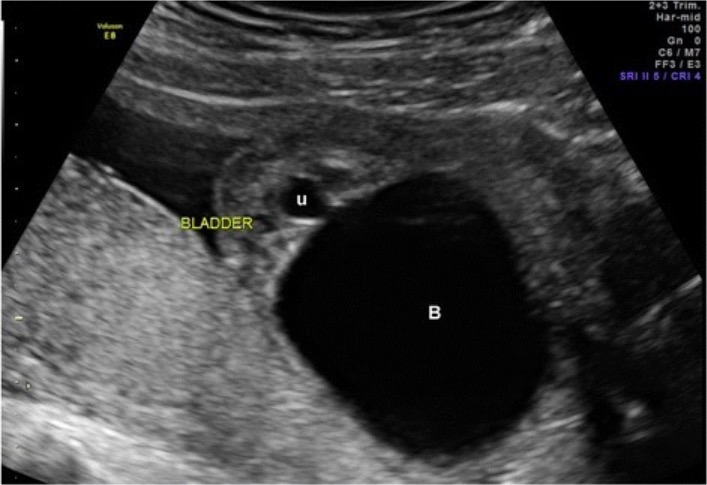
Overview Epidemiology Etiology Etiology can be congenital, acquired, or functional. Urinary tract obstruction can occur anywhere along the urinary tract: Table: Etiologies of urinary tract obstruction Renal Bladder inlet Bladder outlet Urethra Congenital Polycystic kidney disease Peripelvic cyst Ureteropelvic junction narrowing or obstruction (UPJO) Vesicoureteral reflux Ureterocele Retrocaval ureter Bladder neck obstruction Ureterocele Posterior urethral […]
Hip Fractures
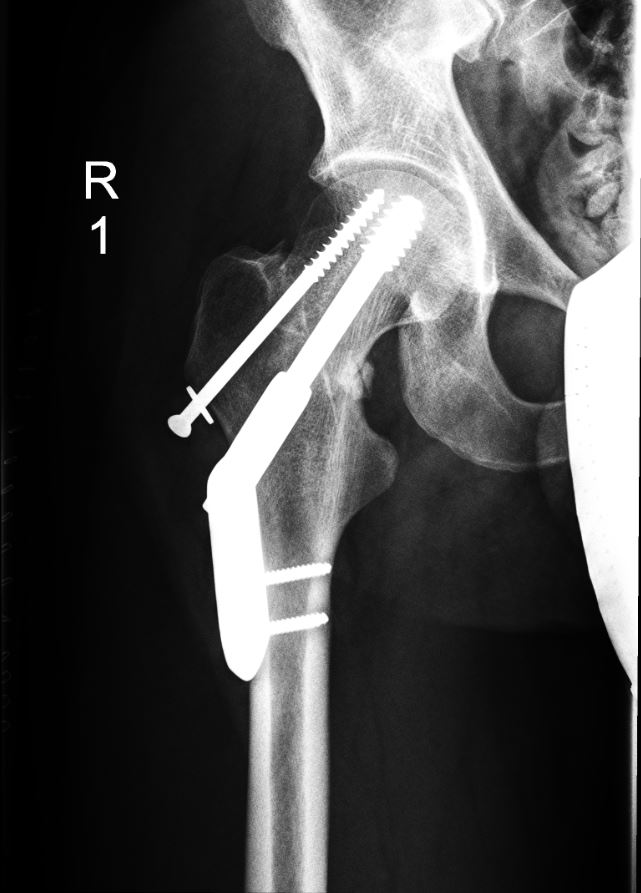
Overview Definition A hip fracture is a disruption in the cortex of the femur at the femoroacetabular (hip) joint, either between the greater and lesser trochanters (intertrochanteric) or at the femoral neck. Anatomy The hip is a ball-and-socket joint made up of the femoral head and acetabulum (socket). Blood supply to the femoral head is […]
Electrocardiogram (ECG)
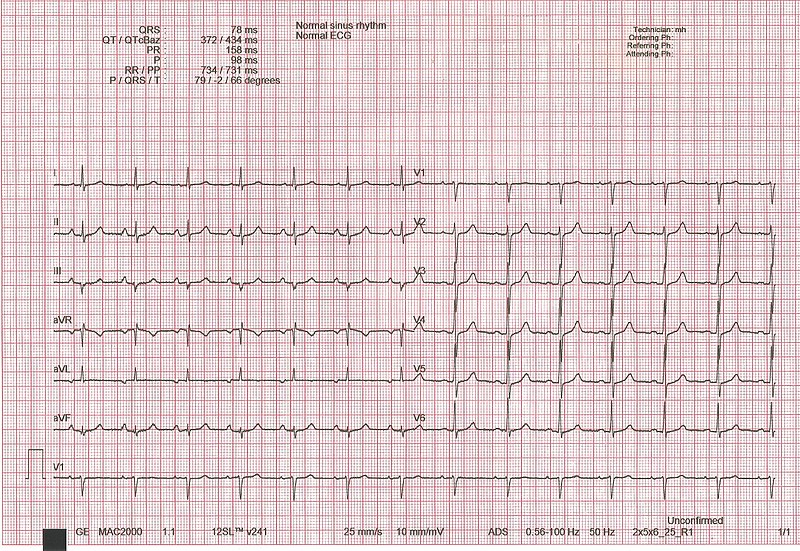
Overview In 1902 the electrocardiogram (ECG) was invented by Willem Einthoven, a Dutch physician. Einthoven received the 1924 Nobel Prize in Physiology or Medicine for the invention. Terminology Electrocardiogram is abbreviated/referred to as: ECG electrodes and leads ECG tracing Components A normal ECG tracing will have several predictable and reproducible components corresponding to electromechanical events […]
Acromegaly and Gigantism
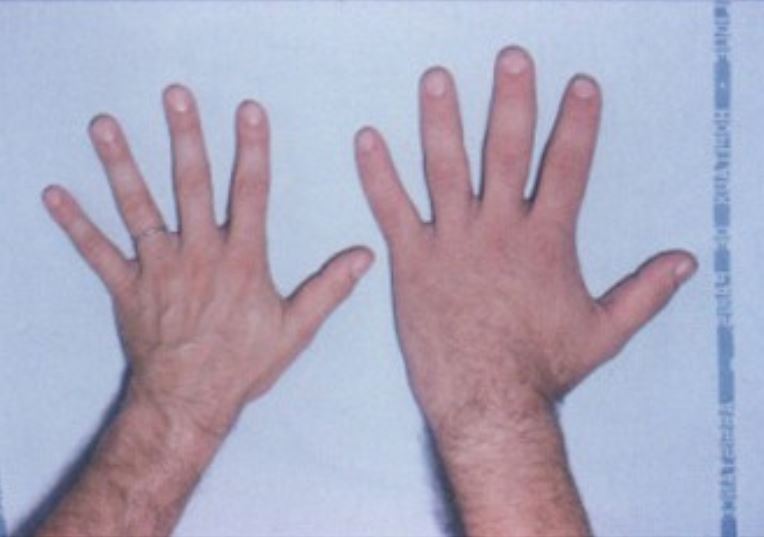
Epidemiology and Etiology Epidemiology Etiology For both acromegaly and gigantism, etiologies can be divided into 3 conceptual categories: Pathophysiology Pathophysiology Regulation Regulation is a stepwise process: Clinical Presentation Clinical findings Complications Diagnosis Clinical presentation is typically the most important aspect of diagnosis. Management Differential Diagnosis References
Orbital Fractures

Overview Definition An orbital fracture is a broken bone involving the eye socket, either in the orbital rim, the orbital floor, or both. Epidemiology Etiology Anatomy and Pathophysiology To understand the pathophysiology of orbital fractures, it is important to understand the anatomy of the orbit, the clinical presentation, and the potential consequences of fractures. Anatomy […]
Elbow Dislocation
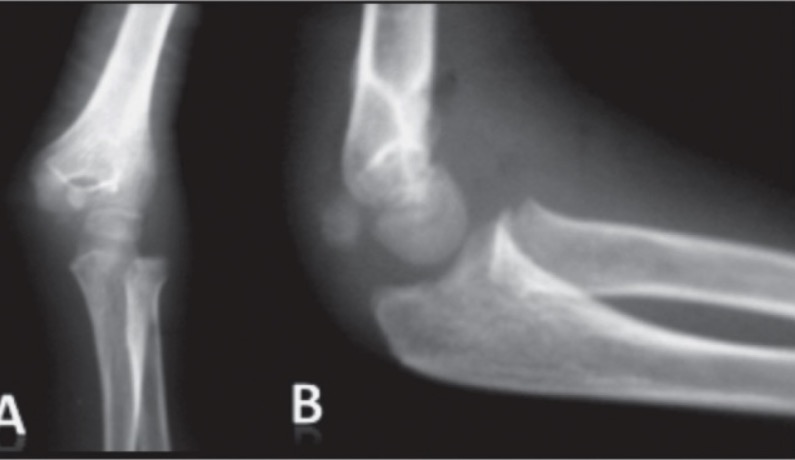
Overview Definition Elbow dislocation is the displacement of either the radius or ulna relative to the humerus. Anatomy The elbow is a synovial hinge joint between the upper arm and the forearm. Epidemiology Etiology and Classification Etiology Trauma is the most common cause, and the direction of the force affecting the elbow joint determines the […]
Neuroblastoma
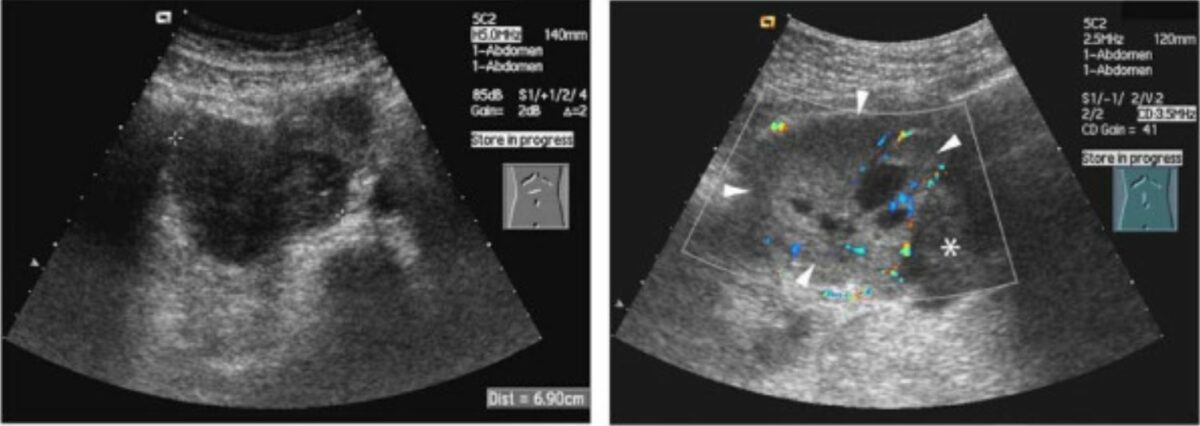
Overview Definition Neuroblastoma, an extracranial malignant solid tumor, is a neuroendocrine malignancy originating from sympathetic nervous system stem cells (neuroblasts). Classification of nervous system tumors Table: Classification of nervous system tumors Categories Specific tumors Neuroepithelial tumors in the CNS Astrocytomas, including glioblastoma multiforme Oligodendroglioma Ependymoma and choroid-plexus tumors Medulloblastomas (embryonal tumors) Meningeal tumors Meningiomas Hemangioblastomas […]